Netflix’s Transatlantic tells the story of how Varian Fry and the Emergency Rescue Committee helped thousands of refugees flee France during World War II. Read how the organization became the International Rescue Committee and how we’ve continued to support people facing conflict and crisis for the past 90 years.
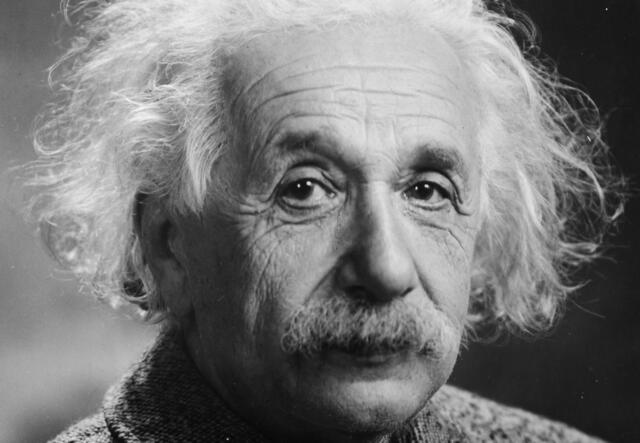
Through the years
1933
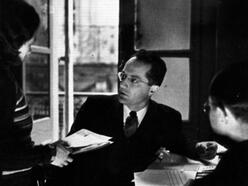
American branch of the European-based International Relief Association (IRA) is founded at the suggestion of Albert Einstein to assist Germans suffering under Hitler. Refugees from Mussolini's Italy and Franco's Spain are later assisted.
1940
Emergency Rescue Committee (ERC) formed to support European refugees trapped in Vichy France. Over 2,000 political, cultural, union and academic leaders rescued in 13 months.
1942
IRA and ERC join forces under the name International Relief and Rescue Committee, later shortened to the International Rescue Committee.
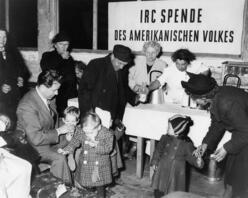
1945
The IRC, at the end of World War II, initiates emergency relief programs, establishes hospitals and children's centers and starts refugee resettlement efforts in Europe. With the descent of the Iron Curtain in 1946, the IRC initiates resettlement program for East European refugees, which continues until the end of the Cold War.
1950
The IRC intensifies its aid in Europe with Project Berlin, providing food to the people of West Berlin amid increased Soviet oppression.
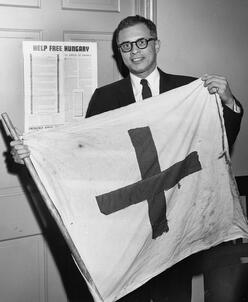
1951
Leo Cherne, a board member since 1946, elected IRC Chairman, a position he would hold for 40 years.
1954
In South Vietnam, the IRC begins a program to aid one million refugees following defeat of the French by the North Vietnamese. The program develops into a vast, long-range relief and resettlement effort for Indochinese refugees: Vietnamese, Laotians and Cambodians.
1956
The IRC starts resettlement and relief programs for Hungarian refugees after the revolution is crushed by Soviet forces.
1960
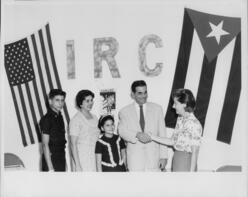
An IRC resettlement program begins for Cuban refugees fleeing the Castro dictatorship and for Haitian refugees escaping the Duvalier regime.
1962
IRC operations are extended to Africa when 200,000 Angolans flee to Zaire; IRC also begins aid to Chinese fleeing to Hong Kong from the mainland.
1971
IRC provides extensive support, especially medical, health, child care and schooling, for the 10 million East Pakistani refugees fleeing to India. The work continues as the refugees return to their new nation of Bangladesh.
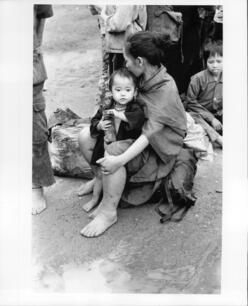
IRC takes a leading role in the resettlement of Asian nationals persecuted and expelled from Uganda by dictator Idi Amin.
1975
Chilean refugees are assisted by the IRC in their efforts to win asylum in the U.S.; IRC also helps refugees from Uruguay, Paraguay and Guatemala.
1976
The IRC begins emergency relief, medical, educational and self-help programs for Indochinese refugees fleeing to Thailand, later to include thousands from Burma.
1977
IRC President Leo Cherne organizes the Citizens Commission on Indochinese Refugees, comprising a cross-section of America's political, cultural and religious leaders. The Commission conducted many trips to Southeast Asia and for years served as the leading advocate of people fleeing from Vietnam, Cambodia and Laos.
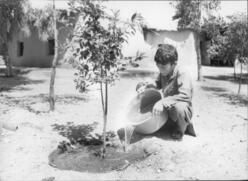
1979
Departure of refugees from the Soviet Union - mostly dissidents, Armenians, Jews reaches a peak of 53,000. Thousands are resettled by IRC.
1980
IRC launches emergency relief programs for Afghan refugees fleeing to Pakistan, leading to long-term health, education, self-reliance and job training programs.
IRC starts emergency programs in the Sudan for flood of refugees fleeing Ethiopia. The work extends to Somalia in 1981.
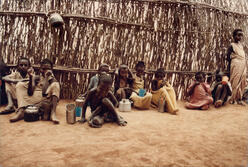
1982
IRC assists Palestinian and Lebanese refugees uprooted by the war in Lebanon.
1984
In El Salvador, the IRC initiates a broad range of health, child care and community development projects for displaced victims of civil war.
Spanish Refugee Aid becomes a division of IRC, serving the survivors of the Spanish Civil War in France.
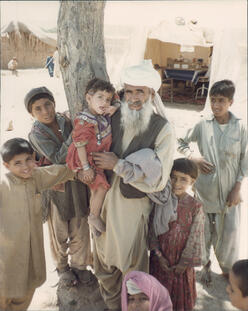
1987
IRC begins health care program in Poland, in partnership with the Polish trade union movement, Solidarity.
IRC responds to refugee flow of Mozambicans to Malawi — soon to exceed one million — by initiating relief programs. Eight years later, IRC assists the returning refugees inside Mozambique.
1988
IRC starts community rehabilitation activities in Afghanistan for tens of thousands of Afghan refugees returning home from Pakistan.
1989
Women's Commission for Refugee Women and Children established by IRC to serve the rights and interests of 80% of the world's refugees: women and children.
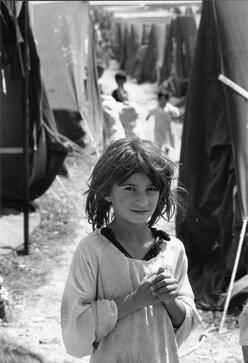
1991
The IRC also launches emergency health and healthcare training programs in Sudan serving some 250,000 displaced people in Bhar El Ghazal and the Upper Nile states.
After the first Gulf War, the IRC comes to the aid of hundreds of thousands of Kurdish refugees who flee to the mountains of Turkey to escape Saddam Hussein's terror.
1992
IRC begins work in the former Yugoslavia dealing initially with the consequences of the ethnic cleansing carried out by the Serbs in Bosnia and Herzegovina. The IRC later launches comprehensive community rehabilitation programs in Bosnia.
1994
IRC sets up emergency programs to aid Rwandan refugees pouring into Tanzania and the former Zaire (Democratic Republic of Congo) as a result of the genocide and ensuing civil war.
1995
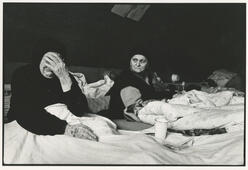
The IRC moves into Somaliland, providing agriculture extension training and small business credit programs for refugees returning from camps in Ethiopia.
1996
In Burundi, the IRC begins emergency aid to displaced people in six of the country's 16 provinces.
1997
IRC begins operating inside Kosovo, eventually providing aid to help meet the needs of hundreds of thousands of Kosovar refugees fleeing to Macedonia, Albania, Montenegro and Bosnia.
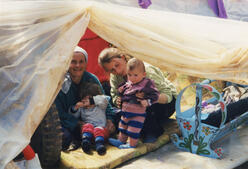
IRC opens an office in the United Kingdom to support the IRC’s global interventions and to add a new voice to the sometimes disquieting debates on refugees and asylum in the UK.
1998
IRC health care and public health services are established in Congo-Brazzaville.
1999
Emergency operations are launched for the East Timorese following a rampage by Indonesian militia groups that leaves tens of thousands of people homeless.
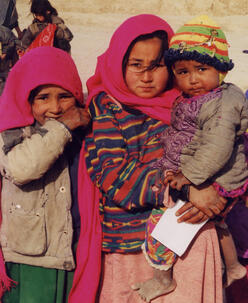
2000
In Ingushetia, the IRC launches emergency shelter, sanitation, and education for Chechen refugees fleeing fighting between Russian forces and separatist Chechen rebels.
2002
IRC activities broaden inside Afghanistan, with emergency aid programs to one million displaced people, and reconstruction and rehabilitation for more than two million refugees returning from Pakistan and Iran.
IRC undertakes an advocacy campaign to reverse the U.S. government's slowdown in refugee resettlement approval following the Sept. 11, 2001 attacks.
IRC participates in the demobilization of 1,200 child soldiers in Sierra Leone.
2003
IRC responds to the war in Iraq with water and sanitation, and health care support.
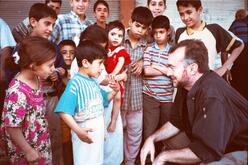
Programs expand in West Africa, with continued war in Liberia and new fighting in Ivory Coast, and growing populations of refugees and displaced persons in those countries and in Guinea and Sierra Leone. Programs include health, education, family reunification and gender-based violence prevention.
2004
The IRC’s Mortality Survey for the Democratic Republic of Congo estimates that 3.9 million people have died in the DRC since the conflict began in 1998, making it the world’s deadliest conflict since World War II.
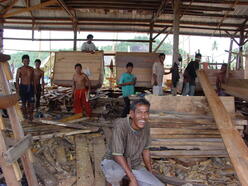
IRC mobile relief teams, with specialists in health, water and sanitation, and child protection, deliver emergency services and supplies to the province of Aceh, Indonesia—the region closest to the epicenter of the devastating December 26, 2004 earthquake and tsunami.
In Sudan, the IRC begins providing health, water and sanitation, hygiene awareness, shelter, flood and drought relief, food security and economic revitalization assistance to nearly 100 communities in the Darfur region.
The IRC starts providing essential services to Sudanese refugees in neighboring Chad.
2005
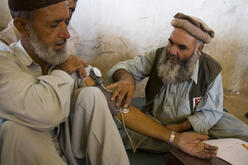
Long-term aid by the IRC continues to help tsunami-affected communities in Indonesia by rehabilitating healthcare infrastructure, providing psychosocial support to children and families, and offering community regeneration.
Following a devastating earthquake in Pakistan, IRC emergency teams respond to help 250,000 people and treat thousands of the sick and injured.
Only days after Hurricane Katrina destroyed a swath of the Gulf Coast in August, the IRC dispatches an emergency team of relief experts to Louisiana. It is our first response to a humanitarian crisis in the United States.
2006
Working with local groups, the IRC provided urgent assistance to thousands of people affected by fighting between Israeli forces and Hezbollah in Lebanon.
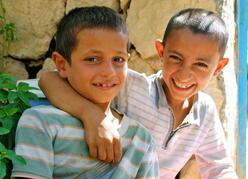
2007
IRC launches a campaign to aid and support over 4 million displaced and uprooted Iraqis.
2008
The IRC observes our 75th anniversary.
2009
IRC affiliate the Women's Commission for Refugee Women and Children becomes the Women's Refugee Commission.
2010
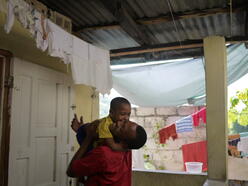
The IRC begins providing aid in Haiti after a massive earthquake strikes just outside Port-au-Prince on January 12.
2011
The IRC helps Japanese aid groups provide lifesaving assistance to survivors of a massive earthquake and tsunami that struck northeastern Japan on March 11.
2012
The IRC begins assisting Syrians whose lives have been uprooted by a brutal civil war. In 2015, we provided aid to over 1.4 million people inside Syria.
2013
When one of the strongest storms in recorded history slams the Philippines, the IRC deploys an emergency team to assist the millions affected by Typhoon Haiyan.
2014
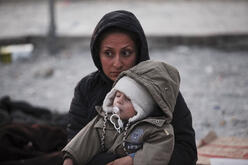
When West Africa experiences the largest outbreak of the Ebola virus in history, the IRC is at the forefront of the response to curb its spread, training thousands of local health facilities in Sierra Leone and other countries on how to protect health workers and limit the spread of the disease.
When 60,000 unaccompanied children cross the border into the United States from Central America in the summer of 2014, the IRC seeks to find out why and to reunite some of them with relatives in America.
2015
The IRC establishes an emergency response team on the Greek island of Lesbos to provide aid to the thousands of Syrian refugees arriving from Turkey who are fleeing their country's brutal civil war. The IRC soon expands our work to multiple refugee sites on the Greek mainland and in Serbia.
After Nepal's worst earthquake in 80 years, thousands of quake victims receive emergency assistance from the IRC’s partner organization, Association for Aid and Relief, Japan (AAR).
Violence that broke out following a contested presidential election drives 260,000 Burundians to flee the country and leaves tens of thousands internally displaced. The IRC provides support to uprooted families inside Burundi and in neighboring countries.
2020
When the deadly coronavirus spread globally, people living in conflict and crisis were hardest hit. The IRC’s response focused on reaching the most vulnerable communities in over 40 countries worldwide. From continuing to provide health services to refugees to ensuring even the most remote communities were able to access information. The IRC’s COVID response plan was also shared with other aid organizations that might not have health experts available.
2021
The IRC launches its first UK program supporting refugees in Britain. Britain has a proud history of offering safety and sanctuary to people in need, but many refugees still face significant challenges as they rebuild their lives after arriving safely in the UK. Finding a job, getting an education and accessing basic services such as the NHS can all be challenging. The IRC works with refugees, asylum seekers and other vulnerable migrants living in the UK from Syria, Afghanistan, Ukraine, Iraq, Sudan and beyond.
Civilian casualties in Afghanistan reached record levels in the first half of 2021 and the shift in power saw American forces depart the country rapidly in August 2021. The IRC began work in Afghanistan in 1988 and now works across 12 provinces providing humanitarian aid. The IRC is also supporting the many Afghans who have been forced to flee their country, including those who’ve resettled in the UK.
2022
As the war in Ukraine saw the fastest growing displacement crisis in Europe since WW2, the IRC was on the ground in Ukraine and neighbouring countries, working with partners to deliver aid to people in need of support. In just a year, we reached 2.7 million people with crucial in-person support and online information services.